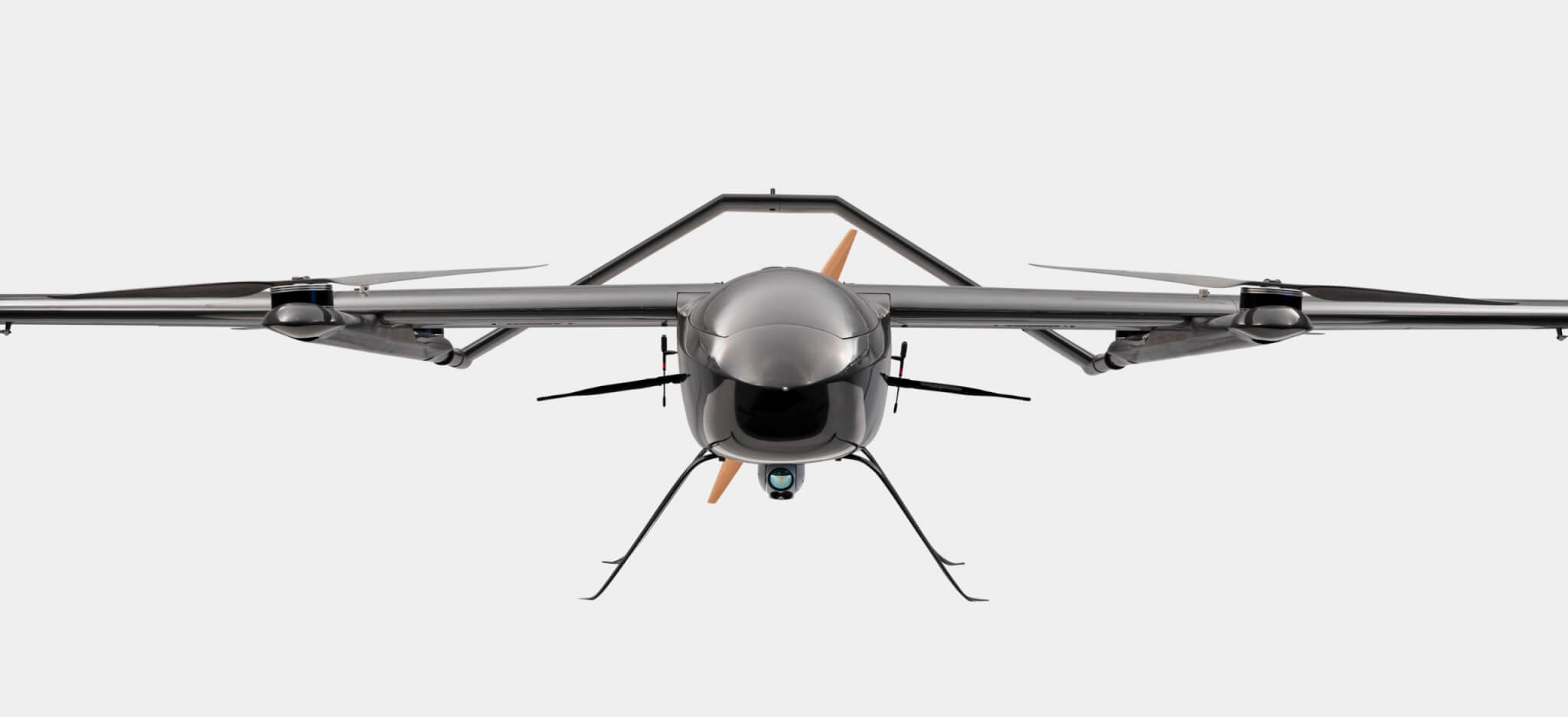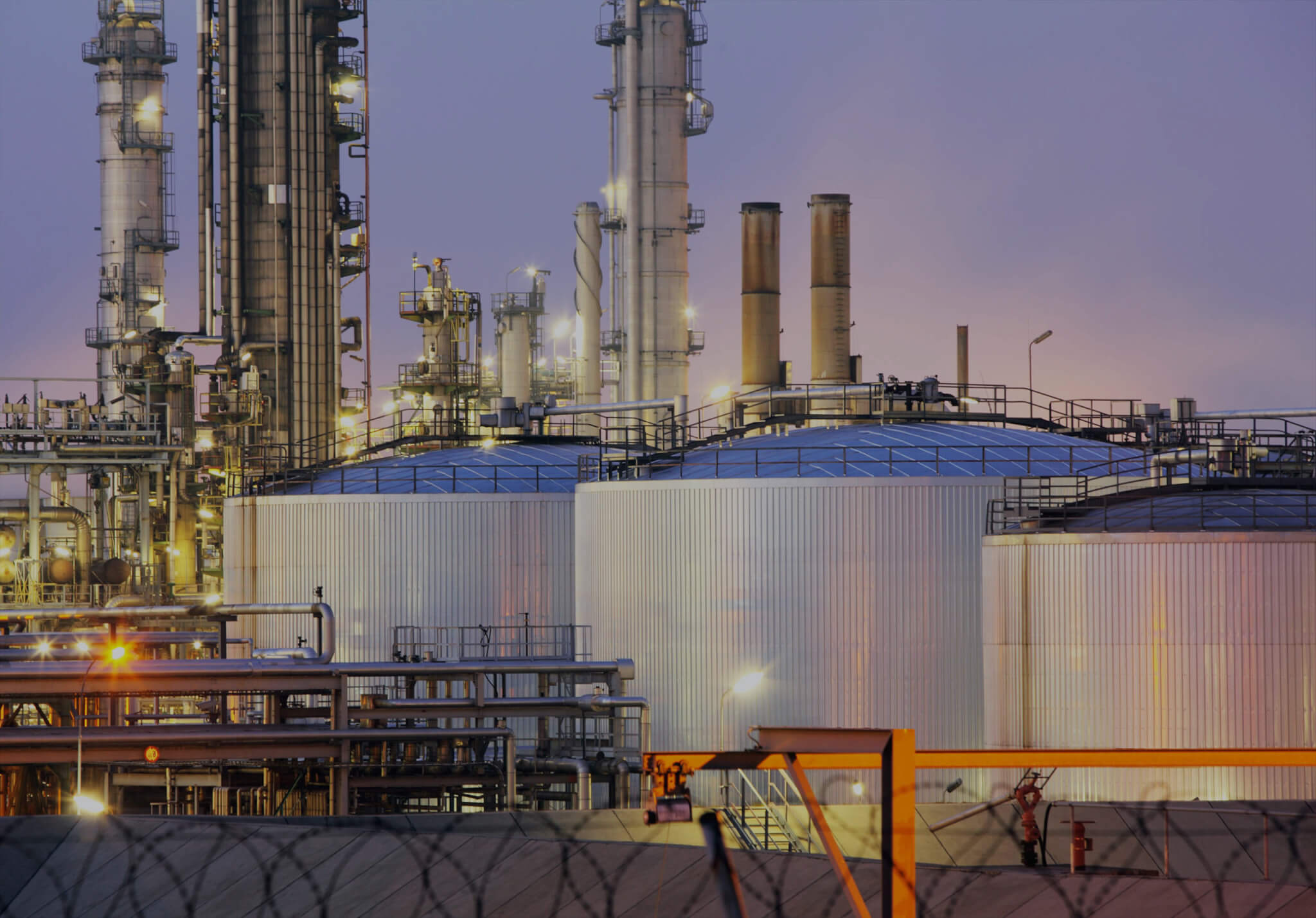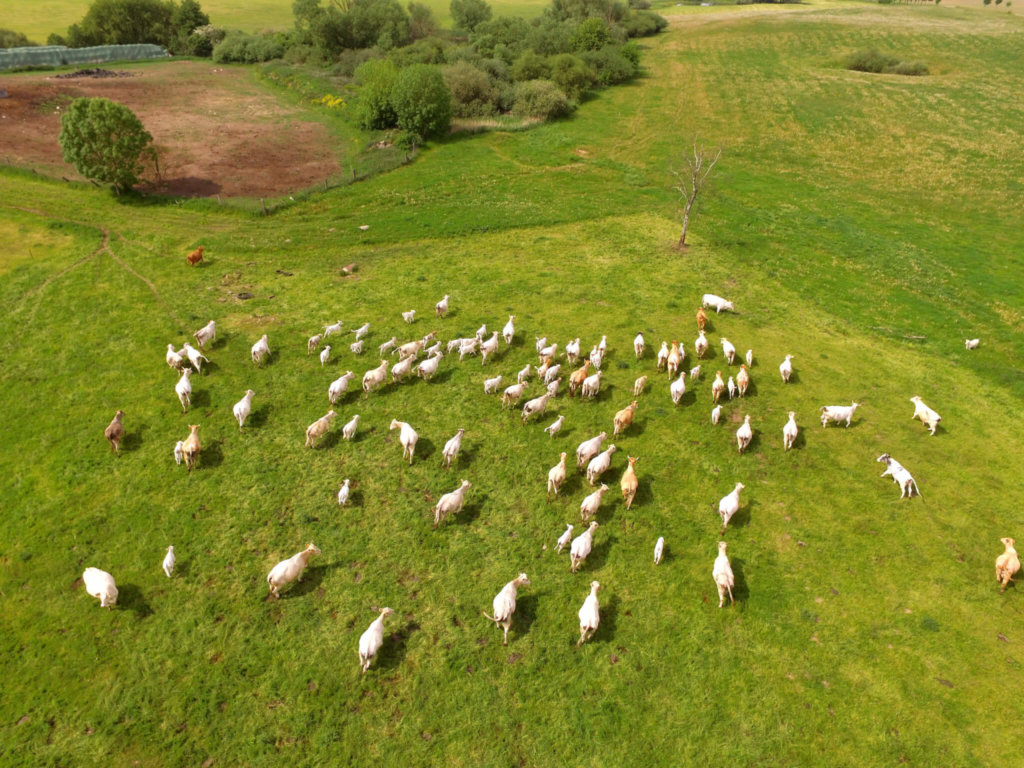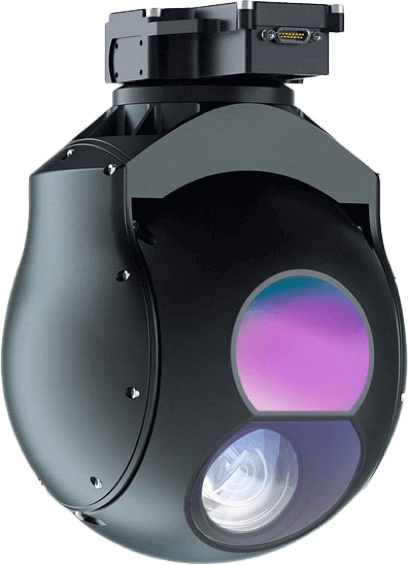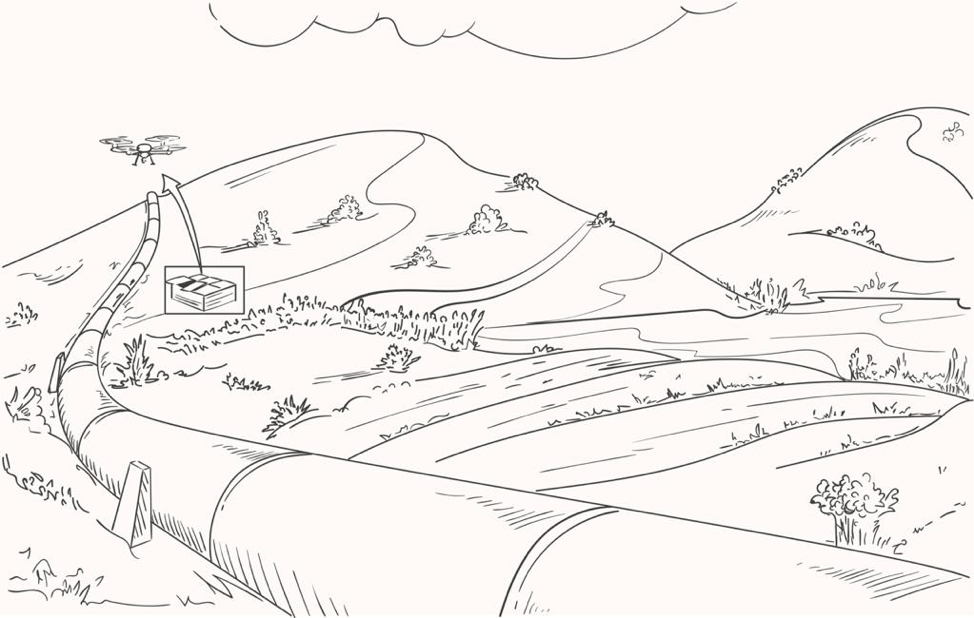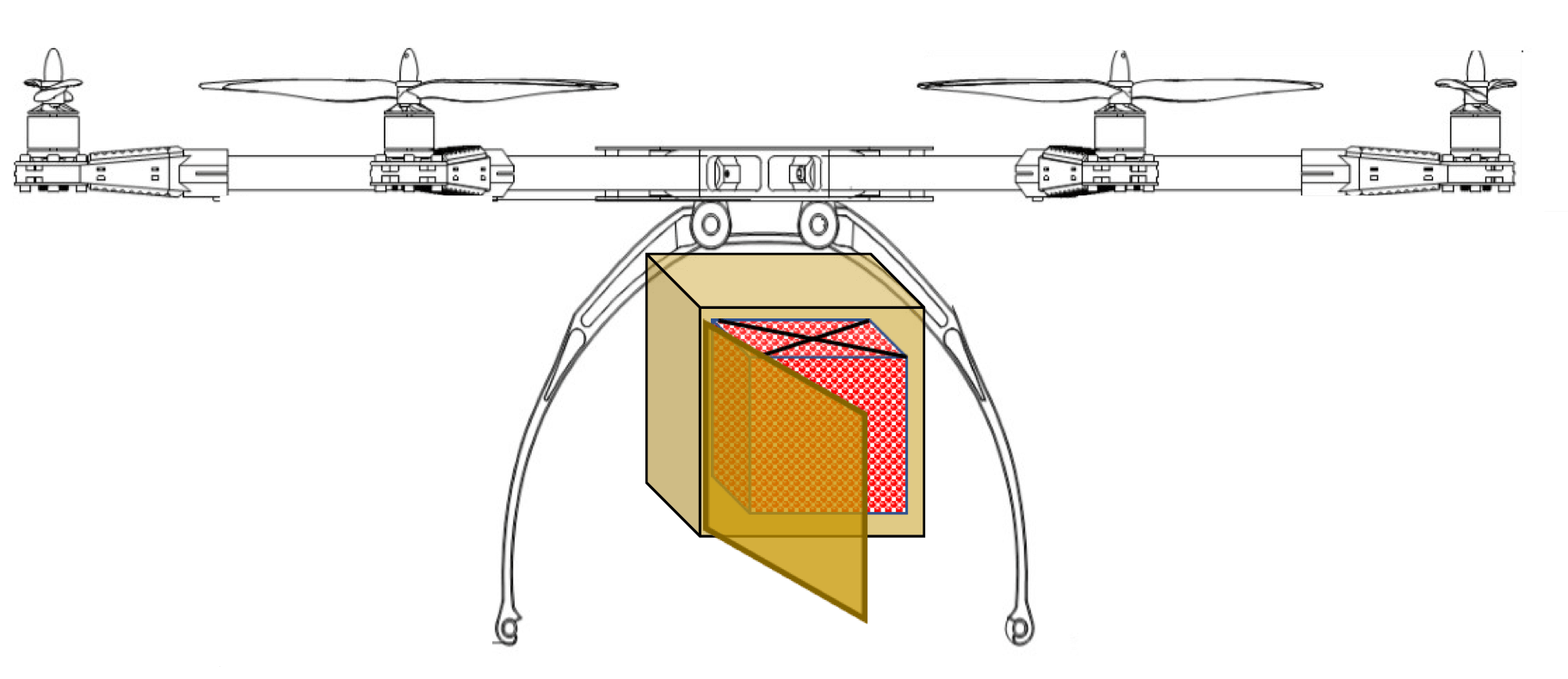INTRODUCTION
Today drones (or UAVs) are all the rage and its impact on Society and Commerce is compelling and undeniable. Long range drones in particular present enterprises with very attractive use cases to enhance competitiveness. In fact it will soon be a minimum requirement to be able to compete.
(Also read: http://www.engineeringnews.co.za/article/airborne-drones-top-recommendations-for-using-drones-to-improve-your-business-2017-06-21)
This does lead to business leaders having to face the question of : “how to incorporate various drone technology options in their businesses?” What are their respective pros and cons?
Fixed wing drones have long been the preferred choice for long range mapping and surveillance purposes, but recent improvements in multirotor technologies have raised the question whether to choose, a multirotor, or a fixed wing. It is however, like comparing a peregrine falcon with a hummingbird, and asking: which is better?
This article firstly discusses the uses for longe range drones, the pros and cons of the respective options. And then discusses if at all, any option is better?
LONG RANGE DRONE USES:
Mapping
One of the most important applications of long range drones is mapping a terrain, which can be a city, a rural area, large plants, extensive infrastructure or construction sites. Long range drones can fly really high, a considerably long distance, and for a long time. They become the perfect devices to capture the various geographical features of a place.
Frequently long range drones are used to map forests, water bodies like rivers, roads, etc. As these features are always changing, it requires regular mapping of such areas to keep the maps updated.
With the introduction of these aerial products, understanding geographical features has become easy as long range drones have helped business users to employ multispectral images which in turn assist the scientists to have required knowledge of the climatological measurements of an area.
Surveillance
The best way to have good surveillance of an area is by doing so aerially. Long range drones are regularly used to keep an eye on people, groups, activities, infrastructure, etc.
Multirotor drones are popular with security forces because they allow them to be on a look-out for any incidents, while maintaining a safe distance, over a long period of time. Border inspection in particular has also become a very large market segment for long range security drones.
OVERLAPPING CAPABILITIES.
In many cases either a multirotor or a fixed wing drone can solve the need at hand. As you might expect, there is much overlap in capabilities. Typically:
| a multirotor drone makes sense if an application needs limited geographical coverage or has narrowly defined physical constraints. | a fixed wing drone is probably a better alternative, if the user application requires wider geographic coverage or needs to operate at higher altitudes.. |
PROS AND CONS
Multi-Rotor Drones


- Multirotor drones are better at getting into confined spaces, ie under bridges, they can hover over a specific area to capture more information, and they need little space to take off and land.
- Most multirotor drones can fly up to 15-30 minutes carrying a still or video camera weighing less than 500 grams.
- A new super class of long range multi-rotor drones are now competing with fixed wing drones but with all the advantages of multirotor drones. The best products in this genre supports a maximum range of over 30 kilometres and flight times of over 60 minutes.
- Long range multirotor drones achieve both Beyond Visual Long of Sight (BVLOS) long range missions and the ability to hover and maintain a focus on a Point of Interest (POI) when required during such missions.
- The biggest advantage of multirotor drones is the ability for take-off and land vertically. This allows the user to operate with in a smaller vicinity with little landing/take off area required. Their capacity to hover and perform agile manoeuvring makes multirotor drones UAVs ideal for applications like inspections where precision manoeuvring for extended periods of time is required.
- The multirotor drones also involves a greater mechanical and electronic complexity which cost more and lasts longer, but can become harder to maintain later.
- Multirotor drones have a shorter learning curve and is more responsive to pilot control.
Fixed Wing Drones


- When it comes to mapping very large areas, fixed wing aircraft have an advantage due to endurance ability, and can fly faster when needed, and much higher.
- They can fly a large farm in a single flight and still capture data at a relatively micro level.
- The main advantage of a fixed wing drone is that it consists of a much simpler structure in comparison to a multirotor drones.
- Another advantage of fixed wing drones is the flight characteristics due to their natural gliding capabilities being able to carry payloads for longer distances on less power.
- One of the major disadvantages to a fixed wing solution is the need for a runway or launcher for take-off. Also fixed wing aircraft require air moving over their wings to generate lift, they must stay in a constant forward motion, which means they can’t stay stationary the same way a multirotor drones can. This means fixed wing solutions are not best suited for stationary applications like inspection work.
Fixed wing or long range multi-rotor – Summary.
| Multirotor | Fixed wing |
| Pros | Pros |
| · Applications – hi resolution sensors | · Endurance – fly longer, cover more in a single flight |
| · Ease of use – good | · Cost – less expensive |
| · Access confined spaces, VTOL | · Energy efficient |
| · Visual surveillance/ inspection | |
| · Remote robotics | |
| · Rapid response | |
| Cons | Cons |
| · Endurance – less flight time | · Ease of Use – not as easy as multirotor |
| · Costs | · Size – more space for storage/ transport |
| · Complexity | · Landing and take-off |
| · Applications – selection of sensors | |
| · Payload capacity – carry less | |
| · Short life span: uncontrolled landings and assisted take-offs. |

So this leads us to:
WHICH IS BETTER – Fixed Wing or long range Multi-rotor?
Endurance: FIXED WING
- Fixed wing drones can stay in the air for much longer, they get all of their lift from their wings and just use their motor for thrust.
- In the absence of aerodynamics afforded fixed wings, Multirotor drones, consume much more energy just to stay in the air.
- Fixed-wing can cover a larger areas and can also achieve it in just one flight.
- But a new super class of long range multirotor technology is catching up fast in this arena.
Take-off Area: MULTI-ROTOR DRONE
- A big drawback of fixed wing is that it needs a larger area for take-off and landing.
- For the multirotor drone, Vertical Take-Off and Landing (VTOL) coupled with the ability to hover allows you to fly your mission in a very tight space.
Speed: FIXED WING
- Fixed wings flies faster and captures data less accurately and in less detail
- A multirotor drone can fly slowly and capture data more accurately and in more detail.
Manoeuvrability: MULTI-ROTOR DRONE
- A fixed wing is faster but can’t hover.
- A multirotor drone can fly on any axis and at any speed. This makes it ideal for filming or inspection work where space is tight like between buildings or under bridges. It is also capable of flying indoors. It is also able to hover around a POI.
- Multirotor drones are much easier to fly for pilots.
Payload: MULTI-ROTOR DRONE
- In the past fixed wings have had the edge when it comes to the size and amount of kit they can carry but now, thanks to miniaturisation of technology and improved batteries and motors, multirotor drones are catching up quickly. Standard electro-optical and thermal cameras can now be flown on the same platform. Multirotor drones can also handle LiDAR, which is used for three dimensional surveying.
Size: MULTI-ROTOR DRONE
- Fixed wing aircraft for surveying tend to be large and cumbersome to transport where multirotor drones can be folded up into much more compact and mobile cases or carry bags.
Price: FIXED WING
- Long range fixed wings often have an advantage over multirotor drones.
Conclusion:
Fixed wing or long range multi-rotor? BOTH
While a new breed of superclass long range multirotor drones continues to extend its presence in the fixed wing commercial space, there is also space for both, often the best solution is a combination of both.
